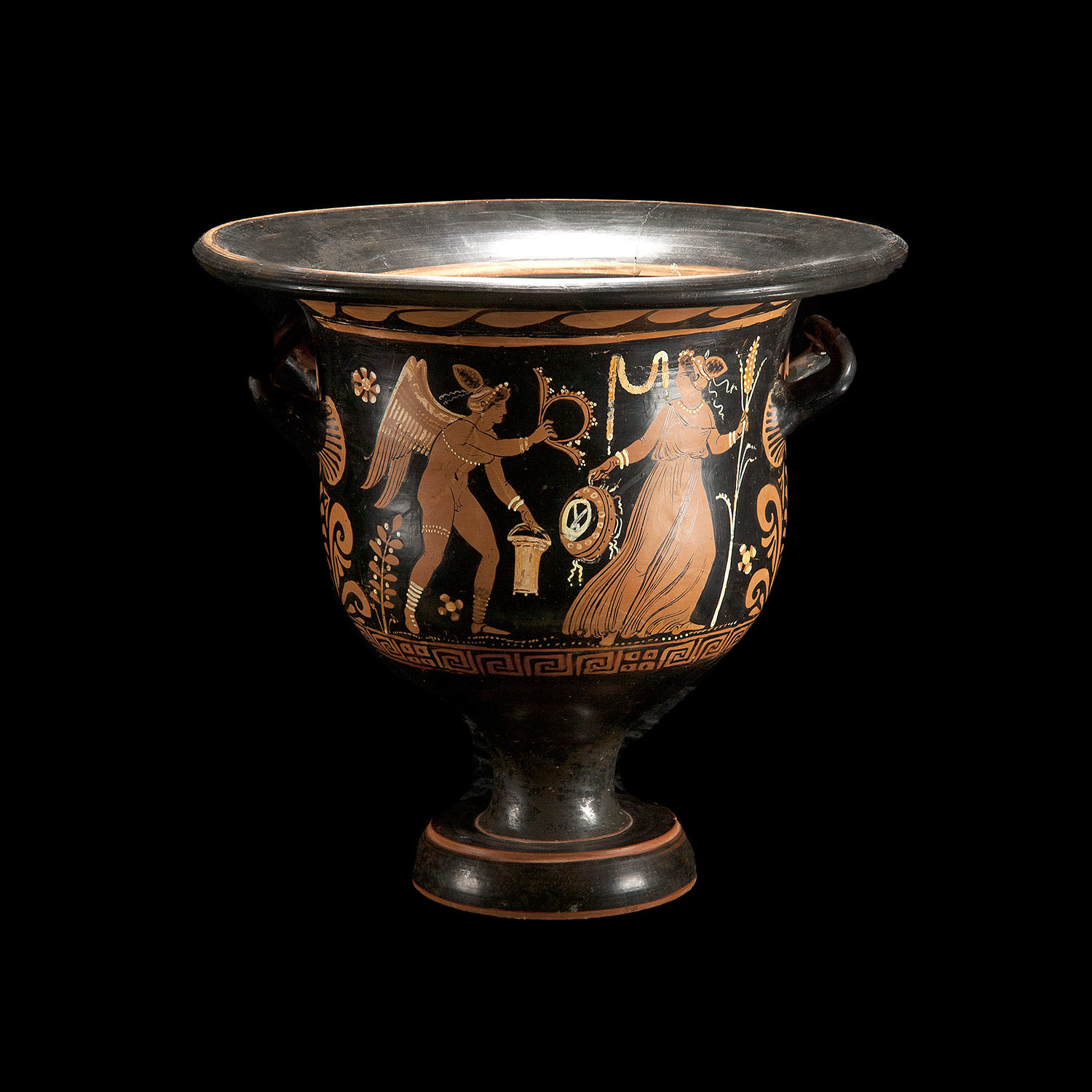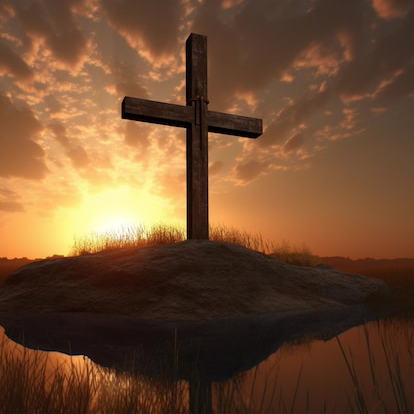The text at Matthew 27:52, 53 concerning “the memorial tombs [that] were opened†as the result of an earthquake occurring at the time of Jesus’ death has caused considerable discussion, some holding that a resurrection occurred. However, a comparison with the texts concerning the resurrection makes clear that these verses do not describe a resurrection but merely a throwing of bodies out of their tombs, similar to incidents that have taken place in more recent times, as in Ecuador in 1949 and again in Bogotá, Colombia, in 1962, when 200 corpses in the cemetery were thrown out of their tombs by a violent earth tremor.—El Tiempo, Bogotá, Colombia, July 31, 1962.
Epiphanius and other early Church Fathers taught that the holy ones literally came to life and went with the resurrected Jesus to heaven. Augustine, Theophylactus, and Zigabenus believed that these dead ones received a temporary resurrection but later returned to their tombs. The latter opinion, however, “did not gain wide recognition,†comments scholar Erich Fascher. When rendering Matthew 27:52, 53, many modern Bible translations give the impression that a resurrection took place. Some Bibles, such as the New World Translation, points to the effects of an earthquake. Why ?
First, whoever “the holy ones†were, Matthew did not say they were raised up. He said their bodies, or corpses, were. Second, he did not say these bodies came to life. He said they were raised up, and the Greek verb e·gei´ro, meaning to “raise up,†does not always refer to a resurrection. It can, among other things, also mean to “lift out†from a pit or to “get up†from the ground. (Matthew 12:11; 17:7; Luke 1:69)
The upheaval at Jesus’ death opened tombs, tossing lifeless bodies into the open. Such occurrences during earthquakes were reported in the second century C.E. by Greek writer Aelius Aristides and more recently, in 1962, in Colombia.
This view of the event harmonizes with Bible teachings. In 1 Corinthians chapter 15, the apostle Paul gives convincing proof of the resurrection, but he completely ignores Matthew 27:52, 53. So do all other Bible writers. (Acts 2:32, 34)
The corpses raised up at Jesus’ death could not have come to life in the way Epiphanius thought, for on the third day thereafter, Jesus became “the firstborn from the dead.†(Colossians 1:18) Anointed Christians, also called “holy ones,†were promised a share in the first resurrection during Christ’s presence, not in the first century.(1 Corinthians 15:23)
Most Bible commentators have difficulty explaining verse 53, although several of them suggest that verse 52 describes the opening of tombs by the earthquake and the exposing of newly buried corpses. For example, German scholar Theobald Daechsel gives the following translation: “And tombs opened up, and many corpses of saints laying at rest were lifted up.â€
Who were those that “entered into the holy city†a considerable time later, namely after Jesus had been resurrected ? As seen above, the exposed bodies remained lifeless, so Matthew must refer to persons who visited the tombs and brought news of the event into Jerusalem. Thus, an accurate Bible translation is essential to gaining a deep and proper understanding of God's word.










